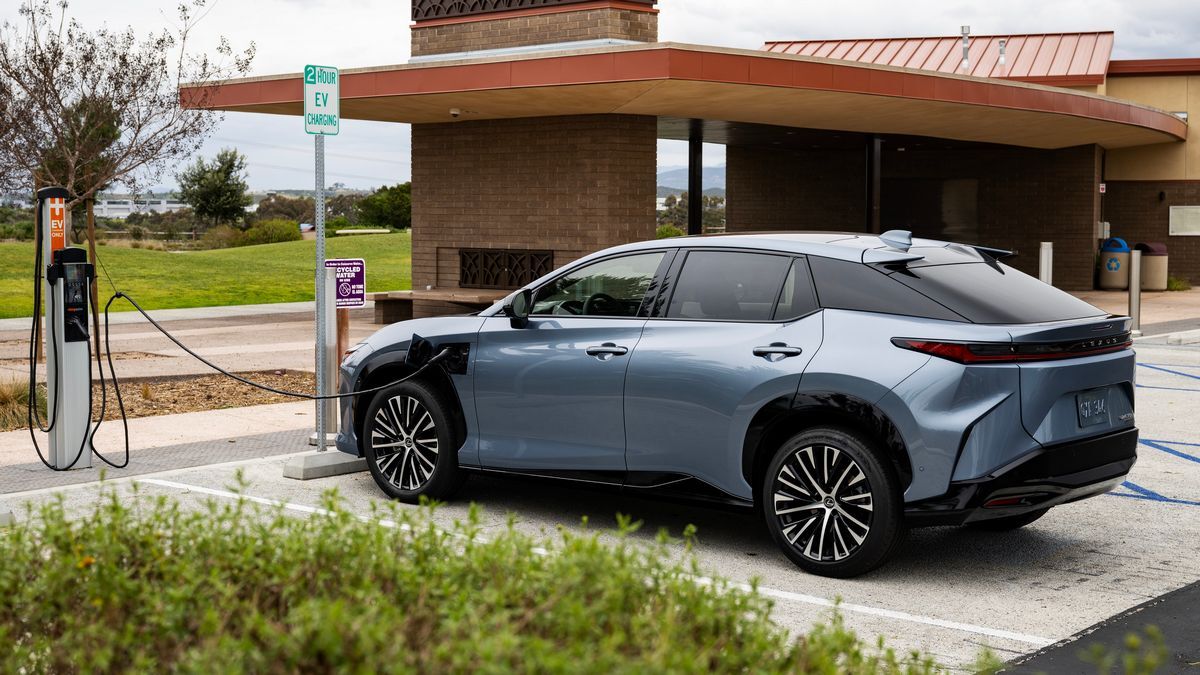
The nationwide average price for a gallon of gas today sits at $3.61, according to AAA. It has risen 10 cents in a week, largely due to a spike in the price of crude oil.
The Organization of the Petroleum Exporting Countries (OPEC+) announced last week that it would cut oil production by a million barrels per day starting in May. Analysts were surprised by the move. “Saudi Arabia’s energy ministry described its latest reduction as a precautionary measure aimed at supporting the stability of the oil markets,” CNN explains.
“The cost of oil accounts for more than 50% of what we pay at the pump,” says AAA spokesperson Andrew Gross, “so drivers may not catch a break at the pump any time soon.”
Patrick De Haan, head of petroleum analysis for Gas Buddy, notes that “the average date for a yearly peak in gas prices is around May 2,” though it has come as early as February and as late as June 14 in the past decade.
Summer driving season has barely begun, but there are early hints it could be a big one. According to the Energy Information Administration, Americans burned about 9.3 million barrels of gasoline per day the week of March 31 (the most recent week for which data are available). Last year, we used 8.5 million that same week.
Related:
- What Rising Gas Prices Actually Cost You
- Gas Prices: How Hypermiling Saves You Money
- How to Get Better Fuel Economy in Your Existing Car







